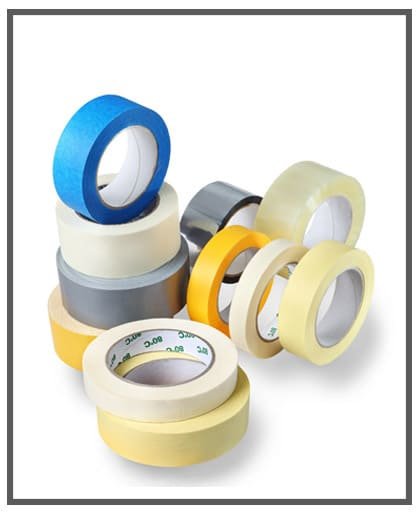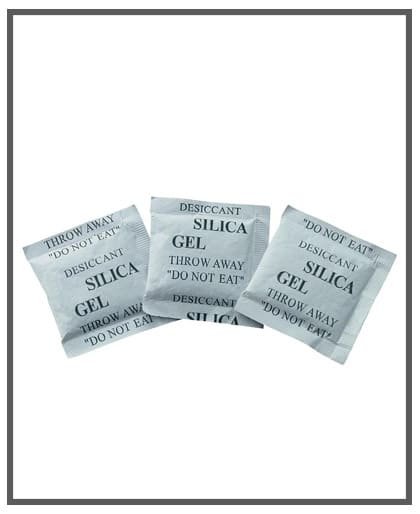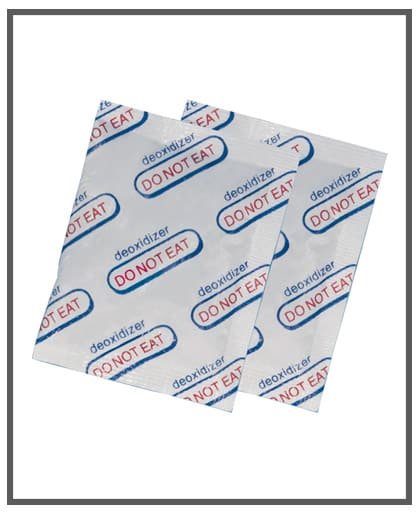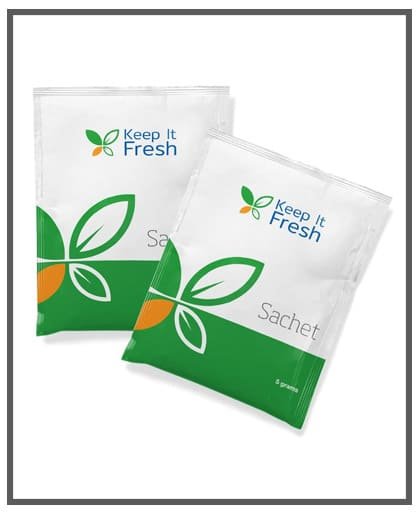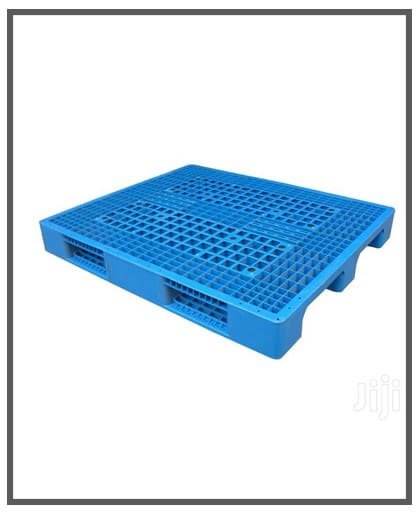
Plastic Pallets
Our Plastic Pallets come in a variety of shapes and sizes. There are many types of materials and processes that affect the cost, performance, and integrity of a plastic pallet. Whether you are shipping your pallets away (Export and Shipping), or keeping your pallets in house as an investment (Warehouse and Reuse),we provides you with superior products and prices at the best value.
Over 160 different styles of plastic pallets suitable for all types of application. From reusable euro plastic pallets and space saving nestable pallets, to hygienic pallets, plastic pallets for export and heavy duty, multi-use plastic pallets.
Description
Using tape for packaging a box?
Plastic Pallets – Different sizes and designs, Spill Pallets, Plastic Pallet Boxes, Plastic Crates – Different sizes and designs, Plastic Jerry Cans, IBC Tanks and Drums, Mobile Garbage Bins, etc.
There’s a reason companies are switching from wood to plastic pallets–and there’s a reason so many retailers are asking them to switch. Plastic pallets are the next evolution in unit-load level shipping platforms. Companies that have adopted plastic pallets as their primary shipping platform have lowered their Total Cost of Business (TCOB) and increased the sustainability of their supply chain thanks to the many quantifiable advantages of plastic.
- Plastic pallets are durable
- Plastic pallets are usually constructed in one solid piece. They have seamless connections between their components because they are produced through the molding process. Their seamless connections eliminate the weak spots present in pallets with mechanical fasteners (e.g., screws, nails) to assemble the pallet. This makes the pallet durable, and it consequently has a long service life.
- Plastic pallets are reusable and have a long service life.
- Plastic pallets last longer than wooden pallets. They can be reused multiple times in the supply chain. They can endure many shipping cycles or long service times in stores, factories, and warehouses before they wear out.
- Plastic pallets are recyclable.
- The raw, virgin plastic resins used to manufacture a plastic pallet are mixed with portions of recycled plastics. This is feasible with thermoplastics through another re-molding process. This lowers the production cost and reduces the carbon footprint of the plastic pallet. However, plastic pallets made from 100% virgin plastics have superior characteristics and performance.
Plastic pallets are typically constructed from the following materials:
- High-Density Polyethylene Pallets (HDPE) : HDPE pallets are the most widely-used plastic pallets because of their versatility, cost-effectiveness, and strength. They have high impact resistance, meaning they absorb shock and retain their stability if they are accidentally dropped or acted on by an immense force during shipping or storage. HDPE pallets have good corrosion and heat resistance and are compatible with most chemicals. However, extensive contact with oxidizing agents and hydrocarbons must be avoided.
- Polypropylene Pallets (PP) : PP pallets are the second most widely-used plastic pallets after HDPE. They are more rigid and stronger than HDPE but have lower impact resistance. They are also compatible with most chemicals. However, they are more expensive than HDPE.
- Polyethylene Terephthalate Pallets (PET) : PET pallets have good dimensional stability, a high strength-to-weight ratio, and good corrosion resistance. The surface of PET pallets is impenetrable by moisture, liquids, and gases. PET pallets are also highly recyclable.
- Polyolefin pallets are low-cost, highly rigid pallets made from a blend of HDPE, PP, and cellulose. However, they are brittle, difficult to mold, and sensitive to moisture. They are considered when they will be used as a one-way (or one-time use) export pallet, or when moisture is not an issue during transportation or storage. A one-way export pallet is a pallet that will not be returned once it is sent for shipment.
- Fiberglass pallets are strong, durable, and impact-resistant. They are inherently resistant to fires and have fire-retardant properties, making them superior to wooden and paper pallets. However, fiberglass pallets are more expensive.
- Plastic pallets can be produced by a variety of manufacturing processes (e.g., molding, extrusion). These processes produce durable and robust plastic pallets. In the case of recycling, the used plastics undergo pre-treatment (e.g., cleaning, drying, and size reduction) before combination with the virgin resins.





